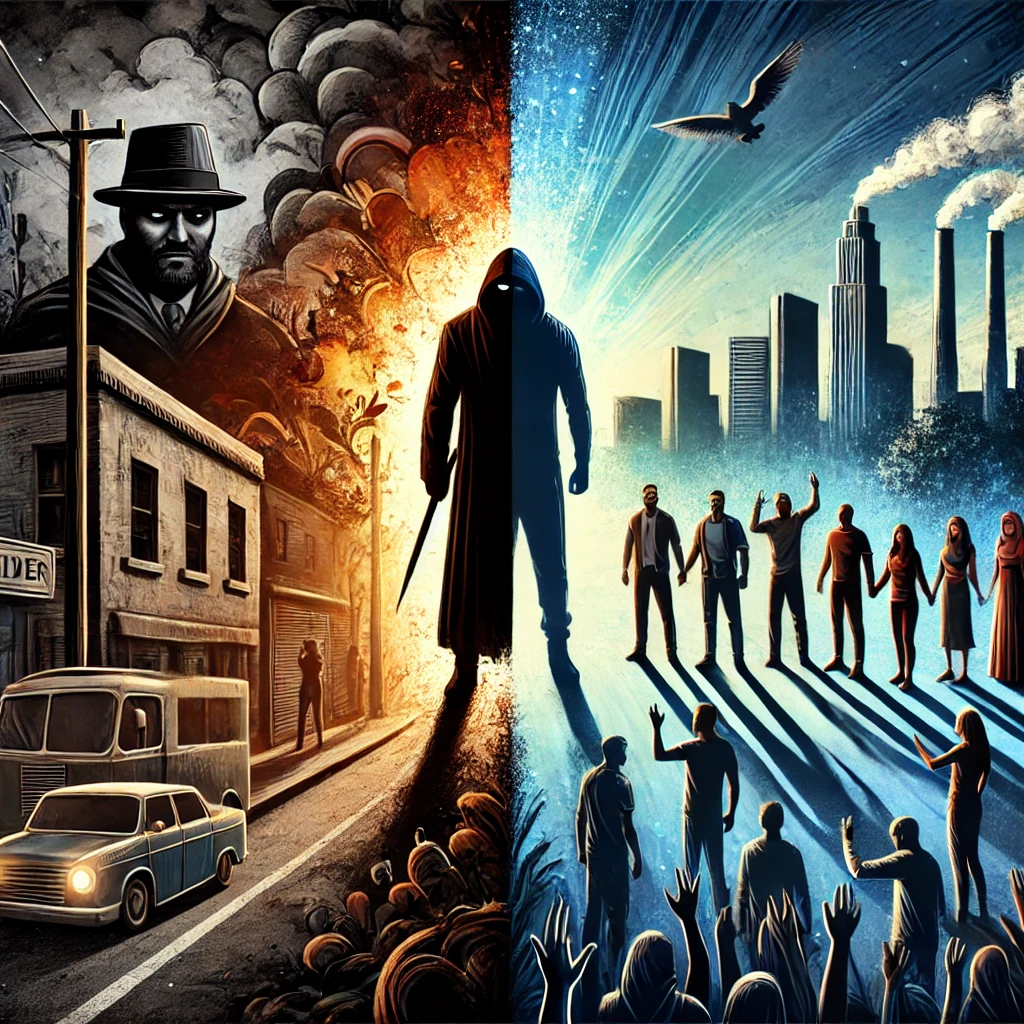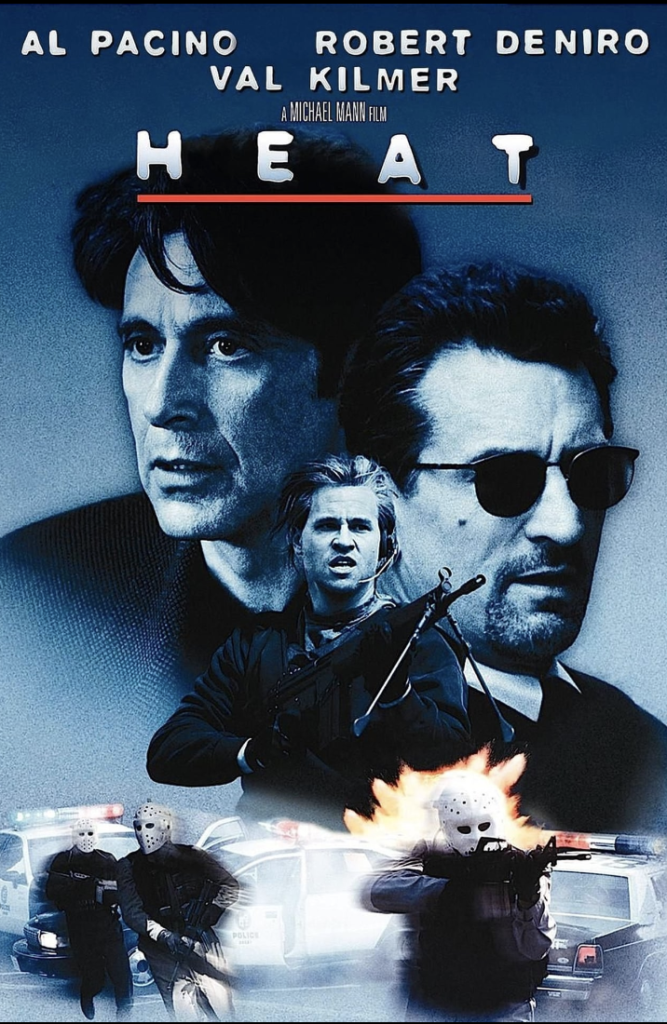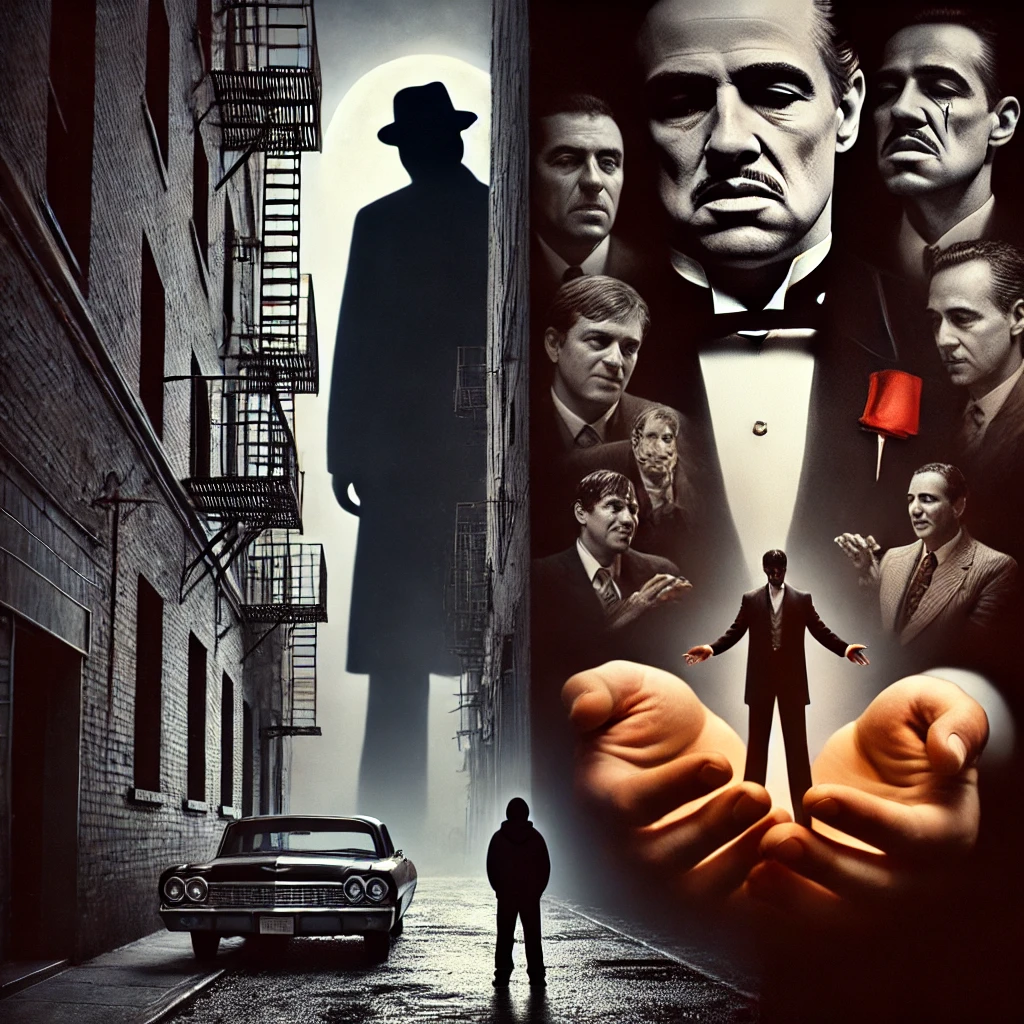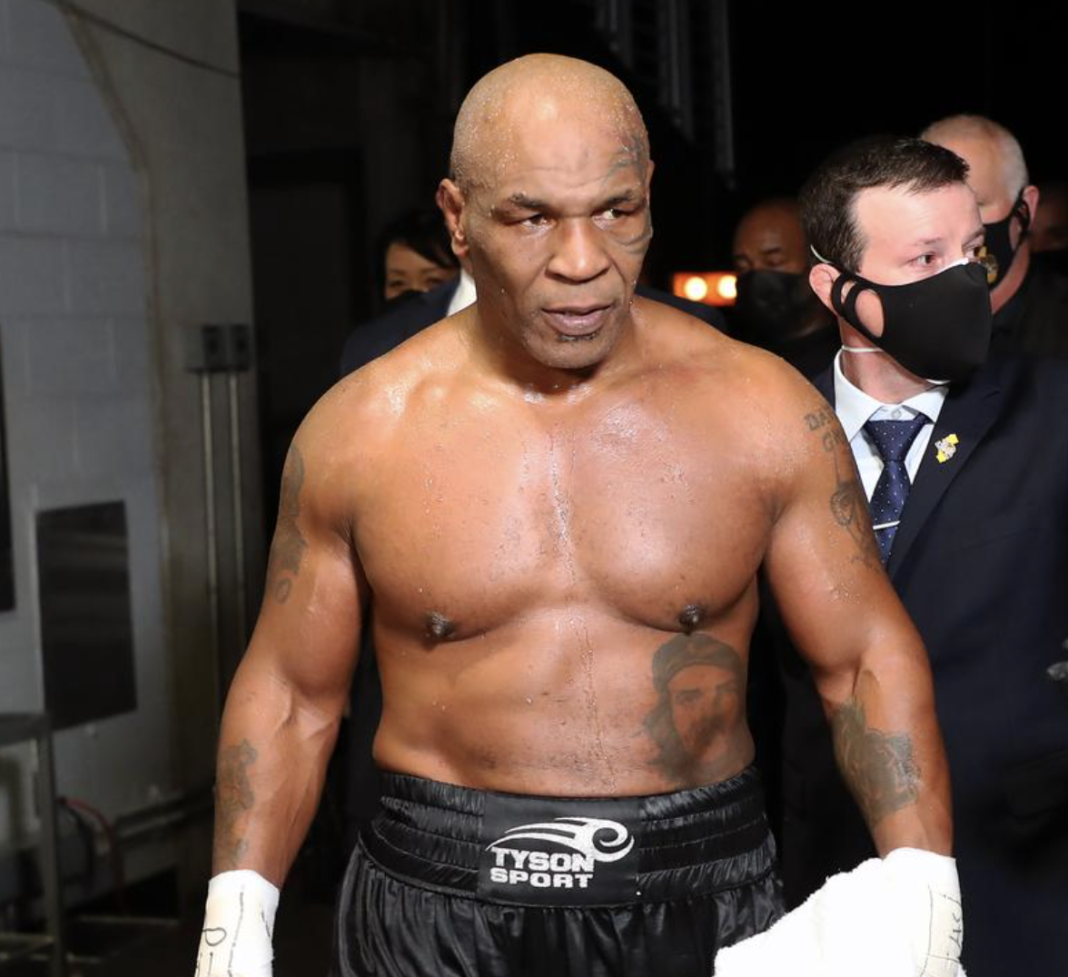Or are we A Walking, Talking Contradiction
There’s something undeniably magnetic about the power dynamics in bully culture. It shows up in films, music, and even our daily lives, where we sometimes find ourselves captivated by those who dominate, intimidate, or wield unchecked influence. We might not openly condone bullies, yet when we cheer for Tony Montana in Scarface, root for Nino Brown in New Jack City, or even marvel at Michael Corleone in The Godfather, we reveal a troubling contradiction in our collective psyche. Why do we celebrate fictional bullies and, by extension, tolerate—or even admire—the real ones?
This isn’t just about entertainment. It’s about what these figures represent: power, defiance, and control. The anti-hero is compelling because they give voice to desires we suppress. But at what cost? Are we silently reinforcing the very bully culture we claim to despise?
Bully Culture in Folklore and Film
From Scarface’s infamous line, “Say hello to my little friend,” to Michael Corleone’s calculated rise in The Godfather, we’re drawn to characters who bend the world to their will. They thrive in environments where the rules don’t apply to them, navigating a moral gray zone with a combination of charm and menace. Their stories are often tales of rebellion and revenge, a rallying cry for those who feel powerless.
But let’s not ignore the darker undercurrent. These characters are bullies, plain and simple. They intimidate, manipulate, and destroy. Nino Brown from New Jack City doesn’t just run a drug empire; he uses fear to control entire communities. In HEAT, Neil McCauley is captivating, but his actions leave devastation in their wake. Why, then, do we root for these figures?
The answer lies in their allure. They personify freedom from consequence, the ultimate rebellion against a system many feel is unfair. They’re unapologetically flawed, and in a world that often feels stifling, their audacity becomes an escape. But what does it say about us when we celebrate these traits?

The Real-Life Parallel
The contradictions don’t end with fiction. In real life, we see similar dynamics play out with individuals who wield their power in harmful ways. These “bullies” aren’t just in the schoolyard—they’re in boardrooms, politics, and pop culture. They dominate conversations, control narratives, and, like their fictional counterparts, often escape accountability.
Consider the enduring fascination with public figures known for their aggressive tactics. Whether it’s a celebrity feuding with others, a CEO ruling with an iron fist, or a politician stirring controversy, these individuals often become larger-than-life personas. They’re both admired and resented, feared and followed.
This duality reflects the same contradiction we see in film. We abhor bullies when they’re close to us—affecting our lives directly—but we can’t look away from them when they’re in the spotlight. In some cases, we even aspire to emulate their perceived strength, forgetting the harm they cause along the way.
Are We Walking, Talking Contradictions?
The question then becomes: are we walking, talking contradictions? The answer is complicated. On one hand, we recognize the harm bullies cause, whether in fiction or reality. On the other hand, we’re drawn to the raw energy and audacity they embody. It’s a paradox that speaks to the tension between our values and our impulses.
We want to believe in justice, fairness, and kindness, yet we’re mesmerized by characters who take what they want, no matter the cost. Perhaps it’s because, deep down, we know that power—unchecked, unfiltered power—holds a certain appeal. It’s intoxicating, even when it’s destructive.

The Cost of Silent Admiration
While it’s easy to dismiss this as harmless entertainment or casual admiration, the consequences of this dynamic are far-reaching. Silent admiration can normalize bully culture, making it seem acceptable or even aspirational. If we’re not careful, this can seep into our collective mindset, blurring the lines between entertainment and reality.
When we celebrate bullies in fiction, we risk enabling them in real life. This isn’t to say we should stop enjoying stories like Scarface or The Godfather. Rather, we should critically examine why these narratives captivate us and what they say about the kind of culture we want to create. Are we simply consuming entertainment, or are we endorsing behaviors that harm others?
Breaking the Cycle
Recognizing this contradiction is the first step toward breaking the cycle. We can appreciate complex characters without glorifying their actions. We can admire resilience without excusing cruelty. Most importantly, we can challenge ourselves to reject bully culture in our daily lives, choosing respect and empathy over intimidation and dominance.
The next time you find yourself cheering for an anti-hero or admiring a real-life figure who thrives on aggression, ask yourself: what is it that I’m truly drawn to? Is it their confidence? Their resourcefulness? Their defiance? Then consider how those traits can exist without the harm that comes with them.
A Call to Reflection
We are a society of contradictions, drawn to the very things we claim to stand against. But by reflecting on this dynamic, we can begin to shift our perspective. Let’s move beyond silent admiration and start celebrating the kind of strength that builds rather than destroys, that uplifts rather than tears down.
The stories we tell—and the ones we choose to admire—shape the culture we live in. The question is: what kind of culture do we want to leave behind?





